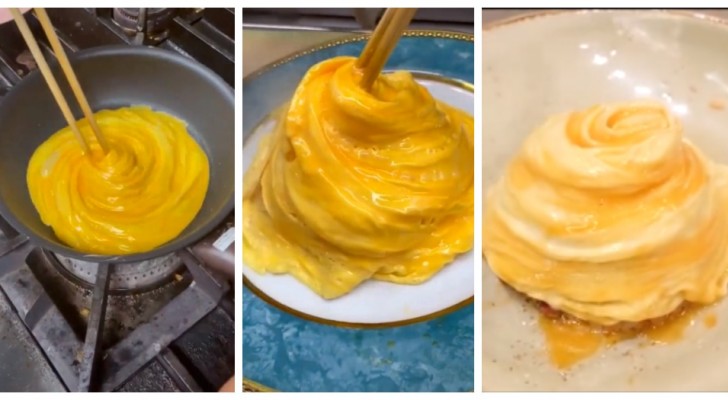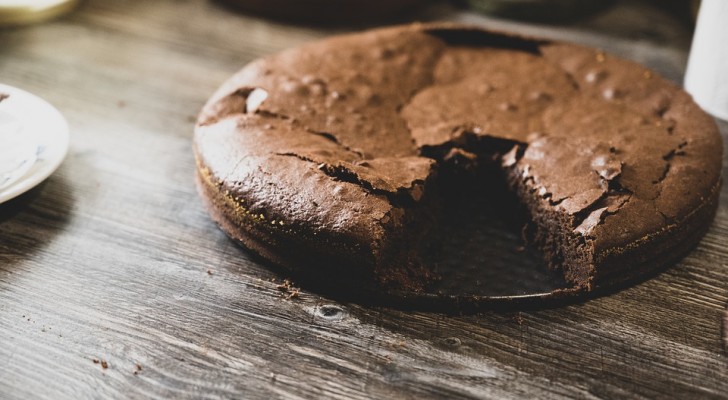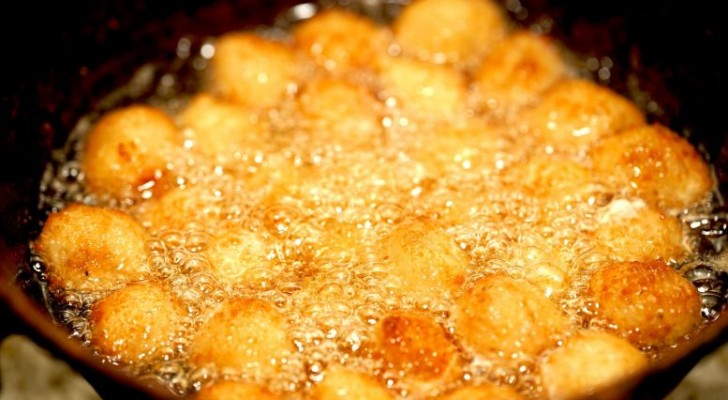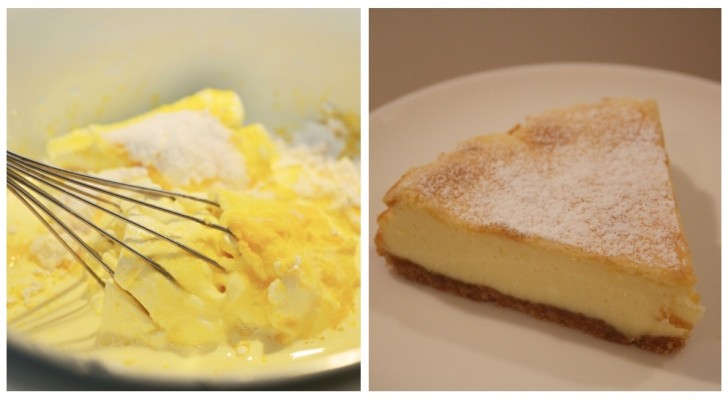Orange marmalade: a simple recipe to prepare a fragrant delicacy
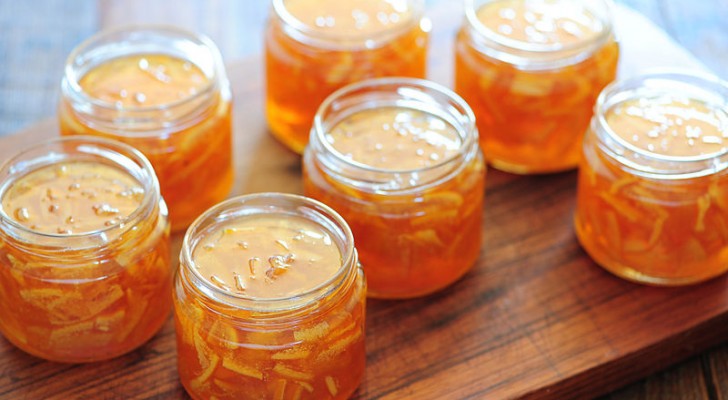
Among the most loved of winter fruits are certainly the citrus fruits: oranges, mandarins, clementines and all the other fruits of the same family are fragrant delicacies that we can use in many different ways in the kitchen. They are good to taste alone, of course, but they also become ideal ingredients for a truly unique jam (marmalade), to be made with different degrees of sweetness and according to taste, but which never loses the trademark bitter aftertaste and, above all, an unmistakable aroma. Orange or clementine jam is perfect both in many desserts and as a pairing with cheeses - especially fresh ones or soft doughy types, such as ricotta, mascarpone or creamy-hearted types, Camembert and the like. And they are also excellent with certain types of meat, such as veal. Find out how to easily make orange or clementine marmalade at home, and some ways you could customise them.
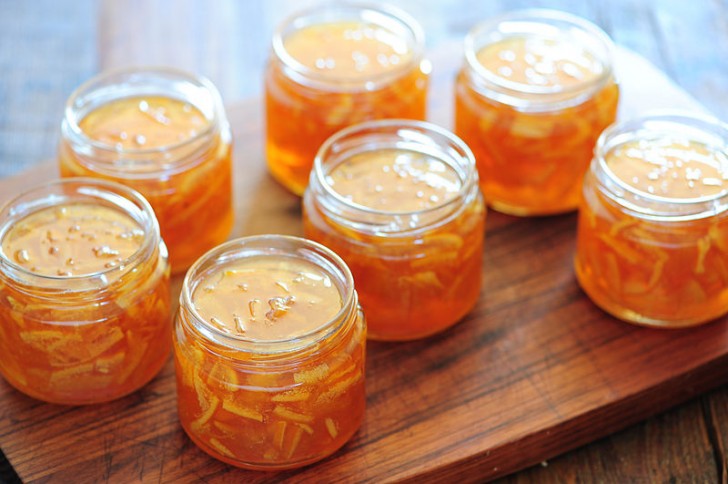
The basic ingredients are really simple: oranges (or clementines) and sugar. The quantities vary according to taste, and the sweetness of the fruit you use as a starting point. There are blood oranges or really sweet clementines, while others are decidedly more bitter. Generally the proportion is 600 grams of sugar for each 1 kg of fruit, but it can also go down to 500 grams or go up to 1 kg of sugar for each 1 kg of citrus fruit. ATTENTION: the weight of the fruit pulp less the zest is always to be factored into the calculation.
As for sugar, you can use simple granulated sugar or even cane sugar, or even a mix of both. For fruit, it is good that it is as organic and untreated as possible, and you will still have to prepare it yourself by washing it carefully.
Method:
- Peel the fruit, keeping at least the zest of 3 oranges or 5 clementines.
- Separate the fruit wedges and remove all the seeds inside and the filaments between the wedges.
- Remove the white part of the peel and in the meantime heat a little water in a saucepan.
- Put the rinds in water, bring them to a boil and then drain them, repeating this step a second time. Thus, the peels are softened. Rinse them with cold water.
- Reduce them into very thin slices a couple of centimeters long.
- Put all the citrus wedges in a saucepan with not too high on the sides and with a thick bottom, add the sugar and zest and bring to a boil.
- Stir well and constantly and after 20 minutes from when it started to boil you begin to see if a film on the wooden ladle. If you prefer it more silky, you can use a hand blender, and it will take a little longer for it to thicken. Another way to check the right consistency of the jam is to pour some on a plate and tilt it to see if it slips off.
- Fill sterilized jars with the jam, close them with the lid and turn them upside down to create the vacuum. You can store them when they are cold.
To customize this jam:
- You can combine oranges (but if you want, also clementines) with fresh grated ginger, which must be cooked together with the pulp and peel.
- You can add a sprinkle of cinnamon towards the end of cooking.
- You can also add half a glass of champagne to the cooking oranges.
- You can replace a third of the orange pulp with about 400 grams of fresh mango.
Ready to prepare your orange marmalade?
